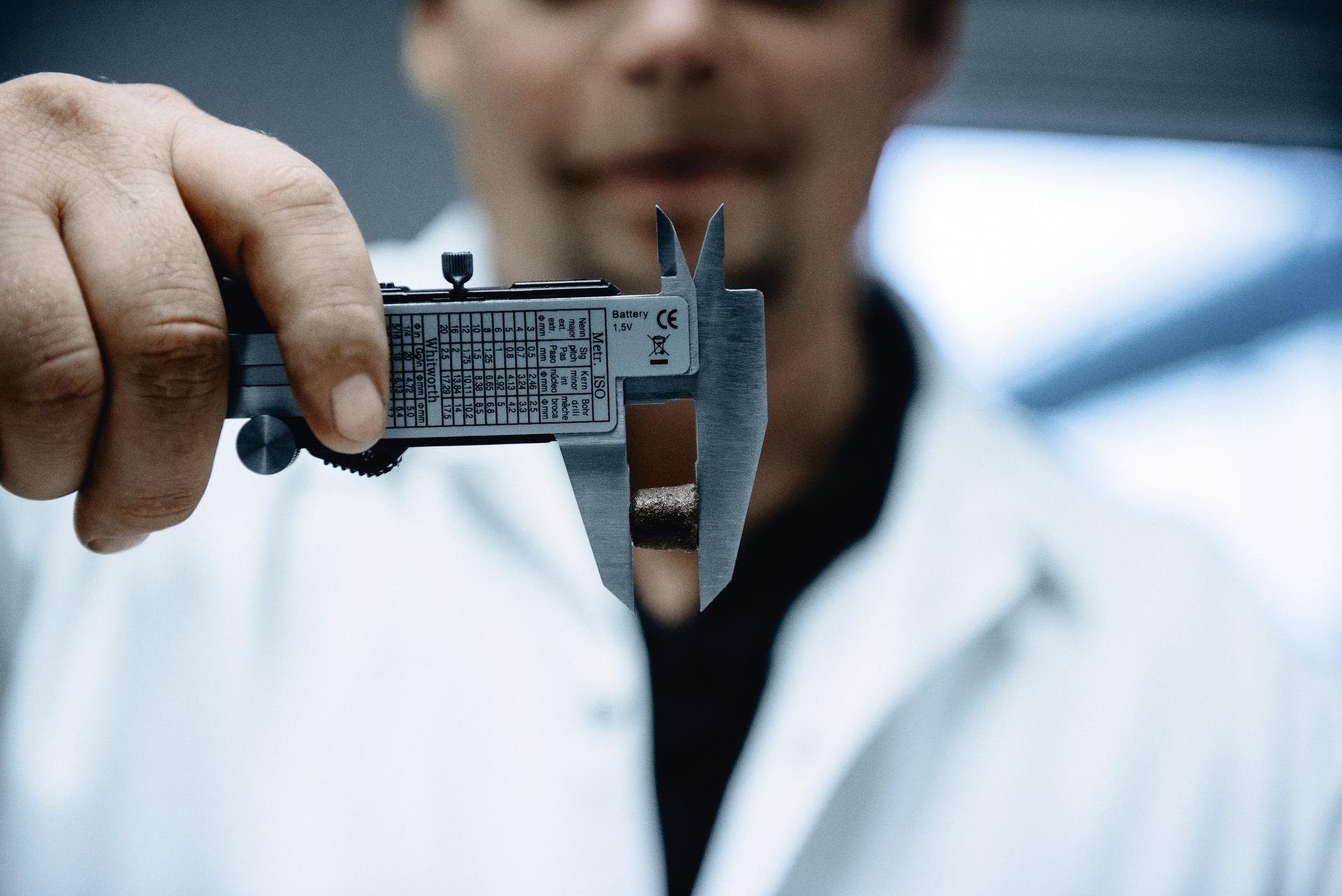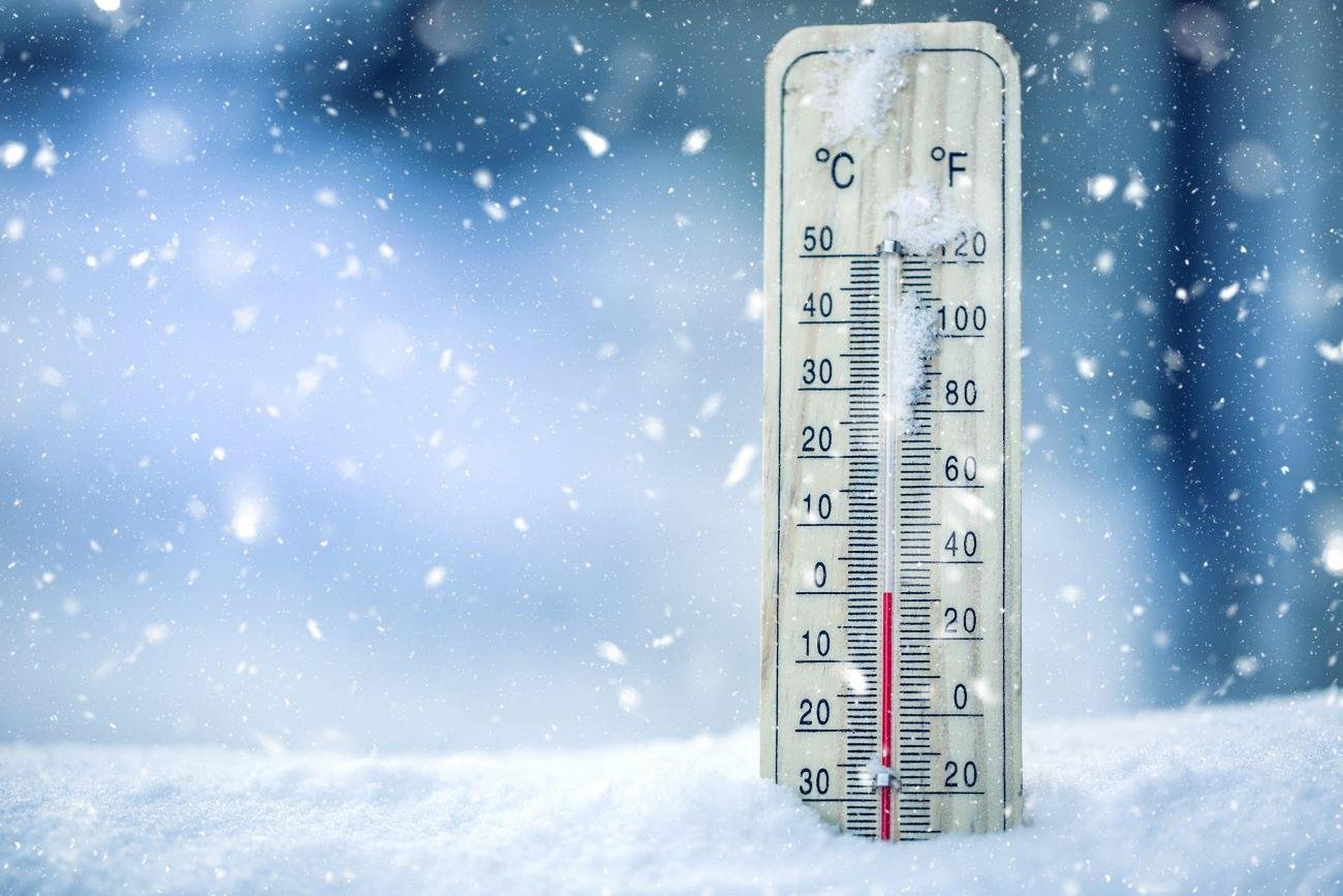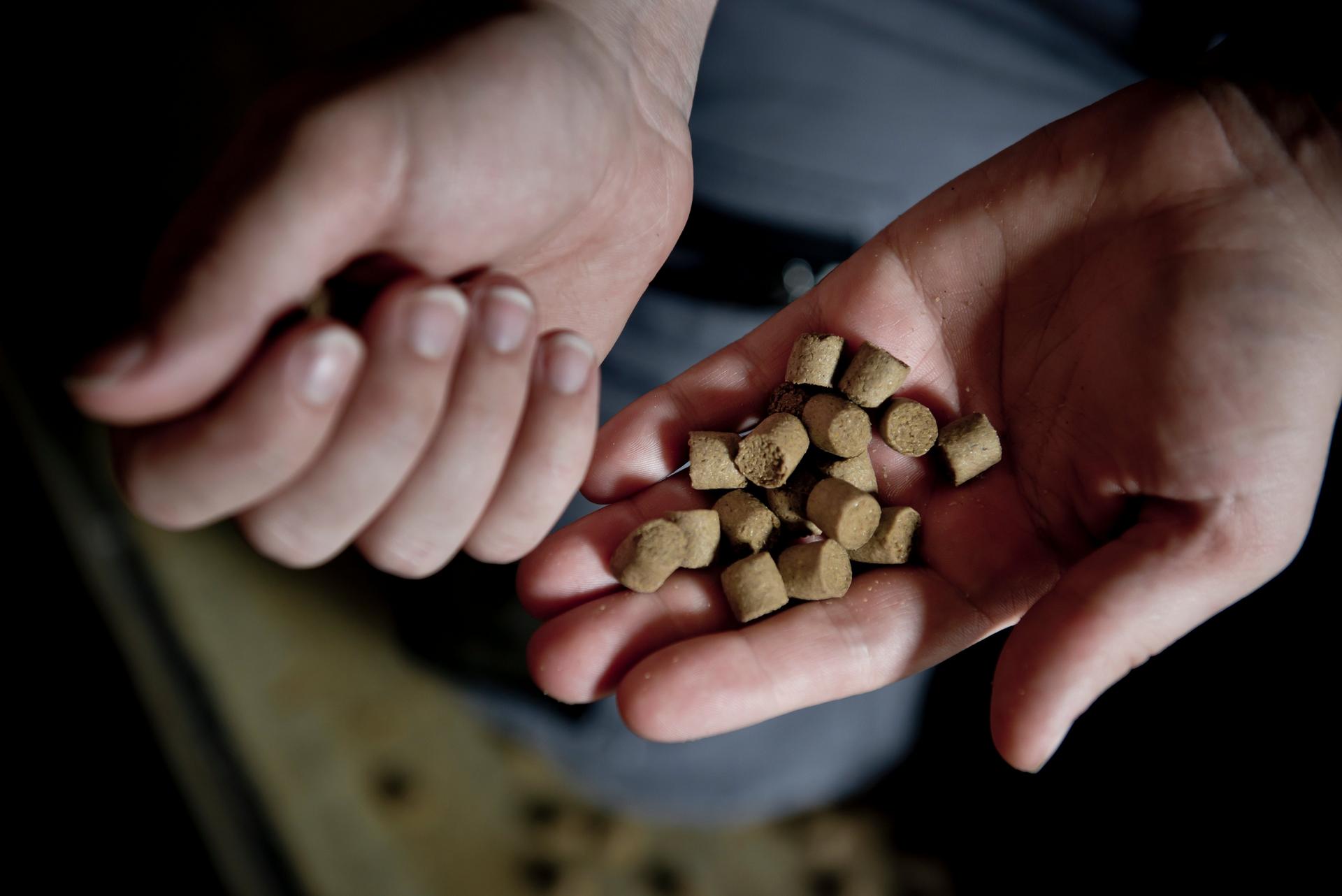Corn gluten meals are packed with value in aquaculture nutrition. With 60–70% protein on a dry matter basis, plus functional compounds like carotenoids, CGM is doing a lot of hard work in modern fish and shrimp diets. Fish don’t just need protein; they need digestible protein. One of corn gluten’s major strengths is its well-balanced amino acid profile, with good levels of methionine, which is often limited in other plant proteins. Its high digestibility makes it an excellent contributor to growth performance in many aquaculture species.
Additionally, CGM contains natural antioxidants, which support overall fish health and oxidative stability. Its low starch content makes it suitable for species with limited carbohydrate tolerance. It also contributes essential micronutrients such as B vitamins, phosphorus, and trace minerals, supporting metabolic function and bone health.
CGM is obviously a sustainability star. It repurposes a by-product of corn processing, reducing waste, and cuts reliance on overfished or environmentally costly ingredients like fishmeal and soybean meal. In a world where fishmeal is increasingly expensive and environmentally questionable, CGM shines as a sustainable, circular economic solution:
· It’s a byproduct, meaning it adds value to what would otherwise be waste.
· It reduces reliance on wild-caught fishmeal, supporting ocean conservation.
· It cuts pressure on land use and deforestation
· It’s cost-effective and widely available, especially in corn-producing regions.
In essence, CGM helps aquaculture become more efficient, ethical, and eco-conscious without compromising on performance.





?w=1920&%24withDefaultImage%24=&fmt=auto)






